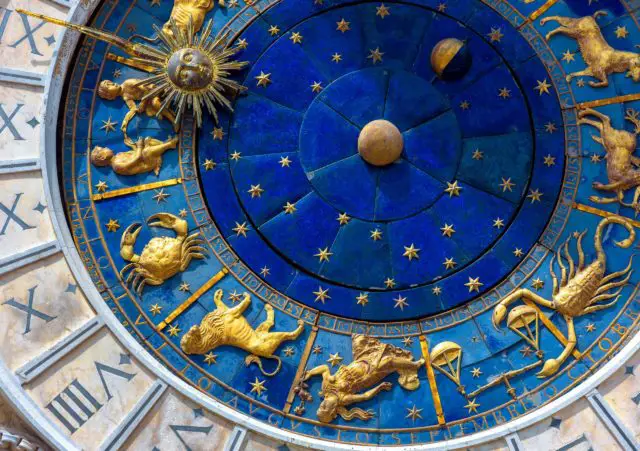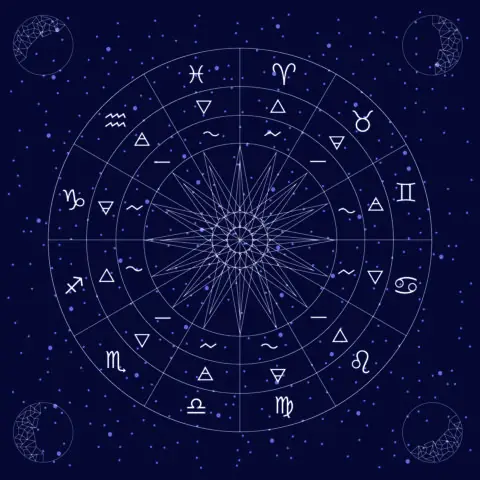
The world is full of beliefs, superstitions, customs and practices that often transcend the imagination of man and the intrinsic scope related to science.
When we refer to astrology, we are referring to everything that has to do with the astral forces, its nature, and elements, with the horoscope, with the tarot and those practices that occur within this area of knowledge.
Etymologically speaking, it could be said that astrology studies the position and movement of the stars. It is not a science because it only presents tendencies and inclinations, which those who practice it can modify according to their subjectivity.
Astrology belongs to the knowledge of the metaphysical tradition, known as ancient wisdom and that has prevailed over the centuries.
Origin of astrology
Astrology emerges as a need to find a hidden order behind the confusion and chaos in the world. It has to do with the horoscope; This word comes from “time” and “scope” (observe), that is, it means “observation according to the time of birth”.
The first conclusion that we can draw on this is that the so-called “horoscope” of the newspapers are not real, for the simple fact that they do not take into account the time, day, month and year of birth of each person, but only the day and the month. It is important to know that saying “horoscope” is the same as saying the astral chart.
What is the astral chart?

Those who follow this practice define the astral chart as the graph through which the cosmos allows us to understand its energies and rhythms and particularly how they operate within each individual. Talking about our essential psychological qualities, as well as the most important type of experiences with which we will make contact during our life The astral chart allows us to recognize ourselves, to know who we are, to discover our potentials and talents as well as our difficulties and defects.
The astral chart consists of a graph of the heavens for the exact time and places that people are born. Every 30 degrees of circumference there is a larger stroke that marks the beginning of a new zodiac sign and the end of the previous one. This circumference with 12 sectors of 30 degrees each – the 12 zodiac signs – represents the so-called “Zodiac”, which you have probably already heard of.
Some fundamental astrological concepts
• Planets: celestial bodies that influence our energy.
• Signs: they represent the form, how the planets or energies act.
• Motivation and temperament: each sign is related to one of the four elements (earth, water, fire, air) and one of the three motivations or crosses (cardinal, fixed and mutable).The combination of cross elements makes up the basic characteristics of the twelve signs.
• The ascendant: it is an important point because it expresses how circumstances have conditioned us.
Who tells us where our energies are acting?
The astrological dome represents the affairs of life, the fields of experiences in which we participate. The meaning of each “house” within the dome is generally associated with the twelve signs of the zodiac. : Aries is considered similar to the first house; Taurus to the second, and so on. Each field is generally assigned specific expertise and is considered to describe a certain set of circumstances in a person’s life. Astrology is based on a world of beliefs and superstition where subjectivity plays a determining role, each of us can give the level of importance and relevance that the world of astrology and its elements may have in our lives.

